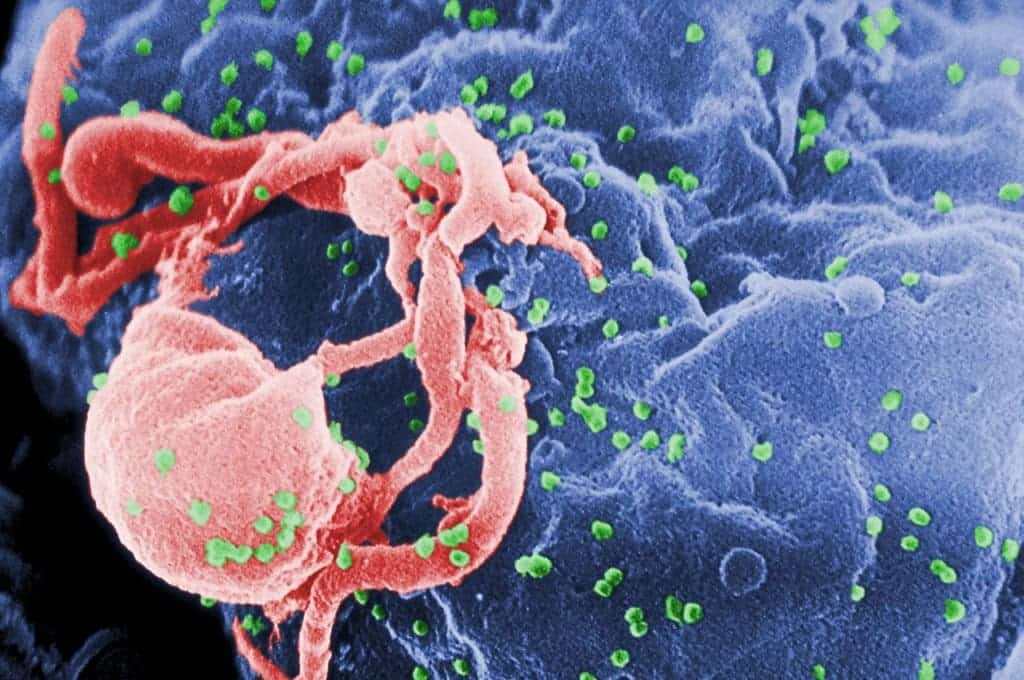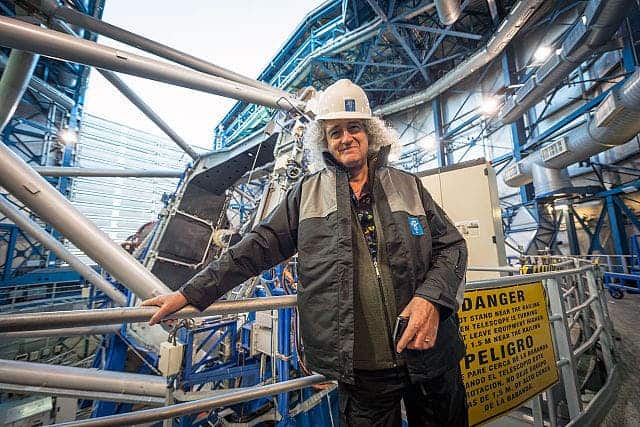Celebrities are a mainstay of the entertainment industry, but some of them have proven a talent in another field: science.
Although there is a very small intersection between pop culture and science, the link does exist: it turns out that a select few celebrities have written scientific papers and been actively involved in research. Unlike companions as they may be, academia and pop culture don’t have to be separate; they can coexist and even complement each other. In fact, there are several notable celebrities who have written scientific papers that have contributed to our understanding of various fields. Here are some of our favorites.
Lisa Kudrow
The actress best known best as Phoebe from the sitcom Friends has also dabbled in neurology. Her father, Lee Kudrow, was an accomplished neurologist, founding the California Medical Clinic for Headache. Lisa worked with him on a project to determine if left or right-handedness affects migraines. People who were left or right-handed didn’t differ from one another. Both Lisa and Lee suffer from frequent migraines so that probably sparked their interest in the study. The paper was published the year that Friends debuted on TV.
Journal Reference: Messinger, H. B., Messinger, M. I., Kudrow, L., & Kudrow, L. V. 1994. Handedness and headache. Cephalalgia 14, 64–67.
Citations: 9.

Tim Duncan
The retired basketball star from the San Antonio Spurs wrote a psychology chapter on the ego when he was an undergraduate at Wake Forest University. He, along with Mark Leary, examined narcissistic behaviors and how others react to such behaviors. They found that egotism is created by a belief that one is better than others, trying to make a positive impression and a feeling of inferiority. Duncan’s paper was also used as a book chapter, and if he wants to try a post-NBA psychology career, he’s got something to work with.
Leary, M. R., Bednarski, R., Hammon, D., & Duncan, T. 1997. Blowhards, snobs, and narcissists: Interpersonal reactions to excessive egotism. In R. M. Kowalski (Ed.), Aversive interpersonal behaviurs (pp. 111–131). New York, NY: Plenum.
Citations: 35.

Kristin Stewart
The actress and director worked on a paper associated with the short film that she directed entitled Come Swim. The film uses a blend of impressionism and realism to tell the story of a man searching to satisfy a deep thirst. She used a complicated digital technique called neural-style transfer to superimpose her sketches onto video footage. This technique creates convolutional neural networks to alter video footage in real-time by showing an algorithm an image and then teaching it to apply that technique to other images. The paper is a case study of applying this technique to film. However, unlike most of the papers discussed here, this paper was not peer-reviewed. Instead, it was published on an online repository for science papers called arXiv.
Joshi, B., Stewart, K., Shapiro, D. 2017. Bringing Impressionism to Life with Neural Style Transfer in Come Swim. ArXiv e-prints.
Citations: 2.

Natalie Portman
If you’re looking for a celebrity that truly excelled at science, it’s probably Natalie Portmann Despite being famous from a young age, the actress actually has a solid educational pedigree. graduated from Harvard in 2003 with a B.A. in psychology. She famously missed the premiere of Star Wars: Episode I – The Phantom Menace so she could study for her high school exams. When she was a student, Natalie was a co-author on two scientific papers.
One was published from her high school work in 1998 and shows how biodegradable waste could be used to generate energy. The other was published in 2002 and was from her psychology studies on how memory affects hemoglobin concentration in the brain. Her name on the articles appears as Natalie Hershlag, her birth last name.
Hurley, I., Hershlag, N., Woodward, J. 1998. A Simple Method To Demonstrate the Enzymatic Production of Hydrogen from Sugar. Journal of Chemical Education 75, 1270.
Citations: 3.
Baird, A.A., Kagan, J., Gaudette, T., Walz, K.A., Hershlag, N., Boas, D.A. 2002. Frontal Lobe Activation during Object Permanence: Data from Near-Infrared Spectroscopy. NeuroImage 16, 1120–1126.
Citations: 141.

Dr. Dexter Holland (The Offspring)
Bryan Keith “Dexter” Holland, the singer, guitarist, and songwriter for the punk rock band The Offspring, also has a penchant for microbiology. Bryan completed his bachelor’s and master’s degree in microbiology at the University of Southern California, where he also started a PhD program that he later left so he could focus on his band.
In 2013, Bryan started another PhD at the Keck School of Medicine, which he was awarded May 12, 2017. He published a paper during his PhD where he identified microRNA-like sequences in HIV. These sequences might assist the virus by evading the immune responses of the hosts and helping it to persist — important and useful research, which he published in the renowned open-source journal PLoS. Unlike many of his peers on this list, Holland was actually the first author on the paper — which means he was the absolute driving force behind the research.
Holland, B., Wong. J., Li, M., Rasheed, S. 2013. Identification of Human microRNA-Like Sequences Embedded within the Protein-Encoding Genes of the Human Immunodeficiency Virus. PLoS ONE 8, e58586.
Citations: 20.

Dr. Brian May (Queen)
Another rocker awarded his PhD after taking a break to focus on his musical career is Brian May, the lead guitarist of the band Queen. May is one of the only people who can claim to be a superstar in both music and science and is still active in the world of science communication.
He started his doctorate at Imperial College studying reflected light from interplanetary dust and the dust’s velocity. Brian left the program after 4 years of work but still published two papers on his observations. He re-registered in 2006 and handed in his thesis a year later. He used his previous work plus observations in the 33 years between his studies for the thesis. Luckily for him, little work had been done on the matter in the meantime and the topic had recently become trendy again.
Rowan-Robinson, M., May, B. 2013. An improved model for the infrared emission from the zodiacal dust cloud: cometary asteroidal and interstellar dust. Monthly Notices of the Royal Astronomical Society 429, 2894–2902.
Citations: 62.

Dr. Mayim Bialik
Sometimes, life imitates art and sometimes it’s the other way around. Mayim Bialik plays the nerdy neuroscientist Amy Farrah Fowler on the sitcom The Big Bang Theory. And hey, she actually is a neuroscientist — she received her PhD from UCLA. Her 285-page thesis was on hypothalamic regulation in patients suffering from Prader-Willi syndrome, the leading cause of genetic obesity.
Bialik, M. 2007. Hypothalamic regulation in relation to maladaptive, obsessive-compulsive, affiliative, and satiety behaviours in Prader-Willi syndrome.
Citations: 1.

Undoubtedly, there are other celebrities who have also published scientific papers — or scientists who have become famous, depending on how you look at it. Do you know of any? Leave your thoughts in the comment section.






